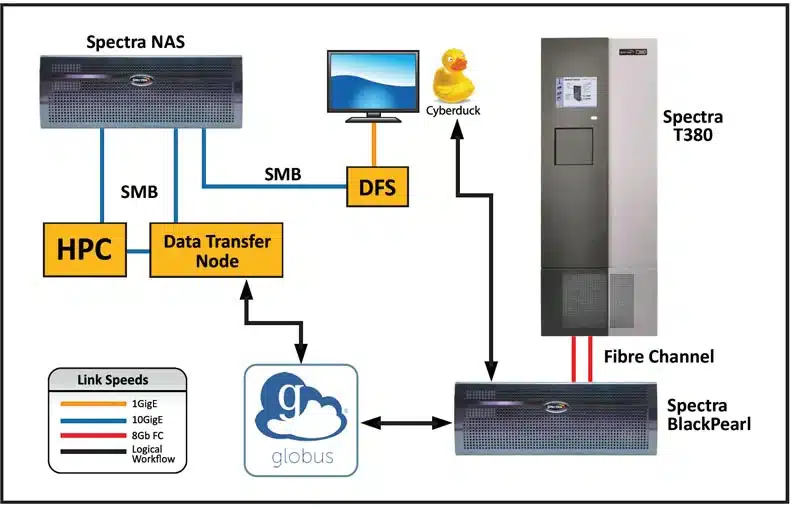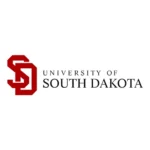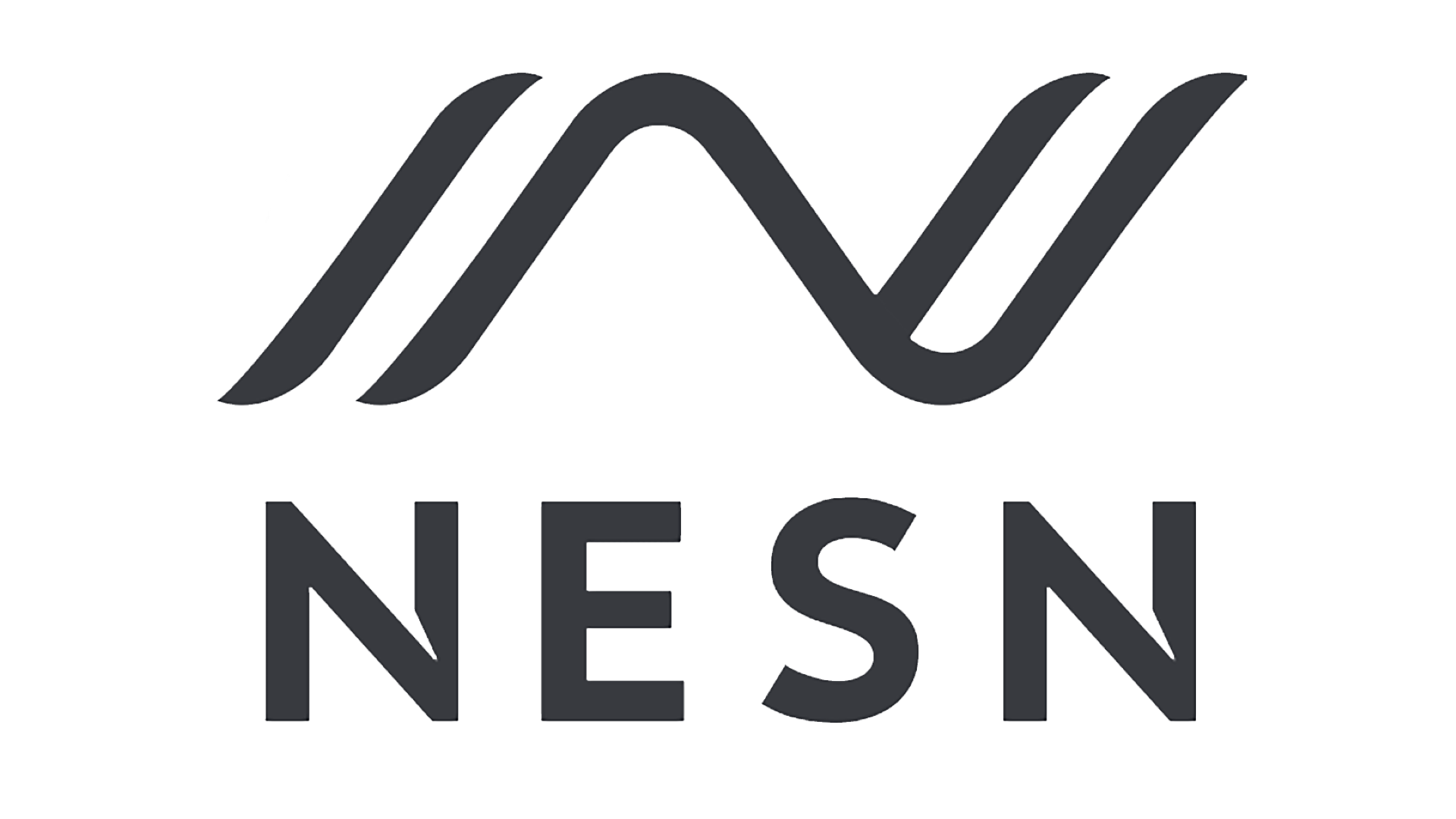A core requirement of our solution was its shareability across all stakeholders. BlackPearl’s hybrid ecosystem easily manages our research data, moving it seamlessly to tiers of storage, while greatly improving both data accessibility and usability for USD researchers and administrators alike.
Douglas Jennewein, Director of Research Computing at the University of South Dakota
The Challenge
Located in Vermillion, South Dakota, the University of South Dakota Research Computing Group advances discovery by making science, engineering, and medicine more productive. The USDRCG serves the University of South Dakota academic community, as well as collaborators both nationally and internationally. To that end, USD operates two supercomputers, named Lawrence and Legacy, that boast over 2000 and 680 cores respectively. Lawrence entered production in early 2018 and has an estimated performance of over 100 TFLOPS.
USD’s supercomputing user base has grown from a small cohort of bioinformatics faculty in 2006 to virtually all Science, Technology, Engineering and Mathematics disciplines, with emerging cases in the Humanities. Their existing cyberinfrastructure had a maximum capacity of 470TB across both supercomputers. Additionally, individual laboratories managed their own data storage capabilities locally, posing a significant obstacle to cross-campus data accessibility and collaboration.
To manage a growing supercomputing infrastructure and expanding user base, USD launched the South Dakota Data Store (SDDS) project. The SDDS proposed two service tiers to serve all faculty, staff, postdocs, students and graduate students in South Dakota – the Sharing Tier and the Archival Tier.
The Solution
To store their research data, USD deployed a Spectra NAS solution, a BlackPearl® Converged Storage System and a T380 Tape Library with LTO drives. By installing the NAS with 8TB SAS drives as the local file system on one site, and the BlackPearl and T380 as the research archive platform at another site, USD implemented a multi-tier, storagediverse architecture that enabled the high data reliability and availability they desired. USD’s complete Spectra solution balances the accessibility of networkattached storage with the long-term protection, cost benefits and scalability of a hybrid storage system leveraging tape.
BlackPearl’s tight integration with the Globus research data management platform allows the USD Research Computing Group to talk to all storage targets through one single interface. The Spectra NAS is used with Globus as NFS/CIFS file storage, and also as a landing zone to stage archival data. Cyberduck, and Spectra’s free and open source EON Browser, are used to send any additional unmanaged data to the Archive Tier through BlackPearl. Their new system should easily increase capacity tenfold, and enables accessibility to a shared pool of storage from multiple sites.
Finally, the organization needed to move tens of terabytes onto the new system. The Spectra solution enabled USD to migrate off of a disk-based archive. BlackPearl’s migration capabilities allow data to be moved from one storage type to another quickly and transparently, transferring data in the background while users continue to access assets without disrupting operations.

Environment Snapshot
- Spectra BlackPearl Converged Storage System
- 4U Spectra NAS Solution
- Spectra T380 Tape Library
- Globus research data management platform
- Cyberduck client software
- Spectra EON Browser
- Spectra Certified Media





